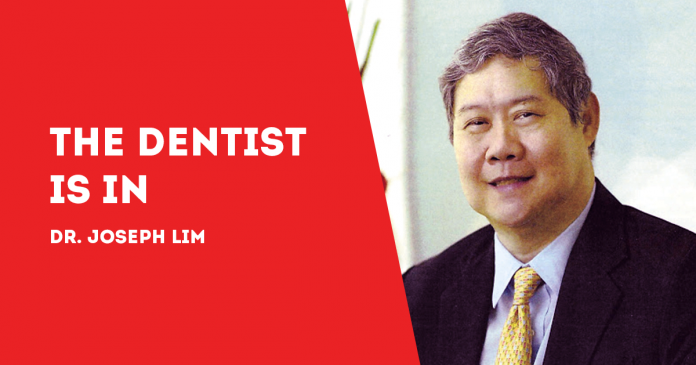
OVERWHELMING. That describes how children with Autism Spectrum Disorder (ASD) may feel when seated at the dental chair.
“Dental clinic visits can be incredibly taxing for the child, the parent and the dental practitioner,” says Dominique Como, an occupational therapist and PhD student at the University of Southern California (USC).
Ms. Como, who is a scholar of the National Institute of Dental and Craniofacial Research (NIDCR), wants to make the dental experience more comfortable for everyone.
The NIDCR is one of the 27 Institutes at the Centers at the National Institutes of Health in the US Department of Health and Human Services. It is the US government’s lead agency for scientific research on dental, oral and craniofacial health and disease.
With NIDCR support, Como and her colleagues are evaluating sensory adaptations to the dental environment that can help to reduce anxiety in children with ASD.
Previous studies show that many dental providers feel unqualified to work with patients with special needs.
USC scientists have developed a dental environment with dim lights, soothing music and image projections on the ceiling.
Removing bright lights and loud noises, relaxing music and putting children under a blanket that feels like a hug – all help prevent sensory overload among patients with ASD, according to Ms. Como, the lead author in a USC study supported by NIDCR and published online in a special issue of the International Journal of Environmental Research and Public Health.
Sensory overload means a setting that smells of disinfectant scents or perhaps a cleaning tool whirring in a high-pitch volume and many other “overwhelming” sensory inputs.
For the study, the USC team developed a social story with real photographs for parents to read to their children and prepare them for a visit to the dental clinic.
The story line and the photographs are being evaluated for effectiveness although families have cited success.
Como also encourages clinicians to seek the expertise of parents, who can help design strategies to unique to children’s needs.
The strategies the study describes may be a blueprint for reducing dental treatment barriers for children with ASD.
Ms. Como encourages collaborations among dental clinicians and specialists such as occupational therapists.
“Interdisciplinary collaboration can bring numerous insights,” says Ms. Como. “So many factors of our health are interconnected – our interventions should be as well.”
***
Dr. Joseph D. Lim is the former Associate Dean of the UE College of Dentistry, former Dean of the College of Dentistry, National University, past president and honorary fellow of the Asian Oral Implant Academy, and honorary fellow of the Japan College of Oral Implantologists. Honorary Life Member of Thai Association of Dental Implantology. For questions on dental health, e-mail jdlim2008@gmail.com or text 0917-8591515./PN

